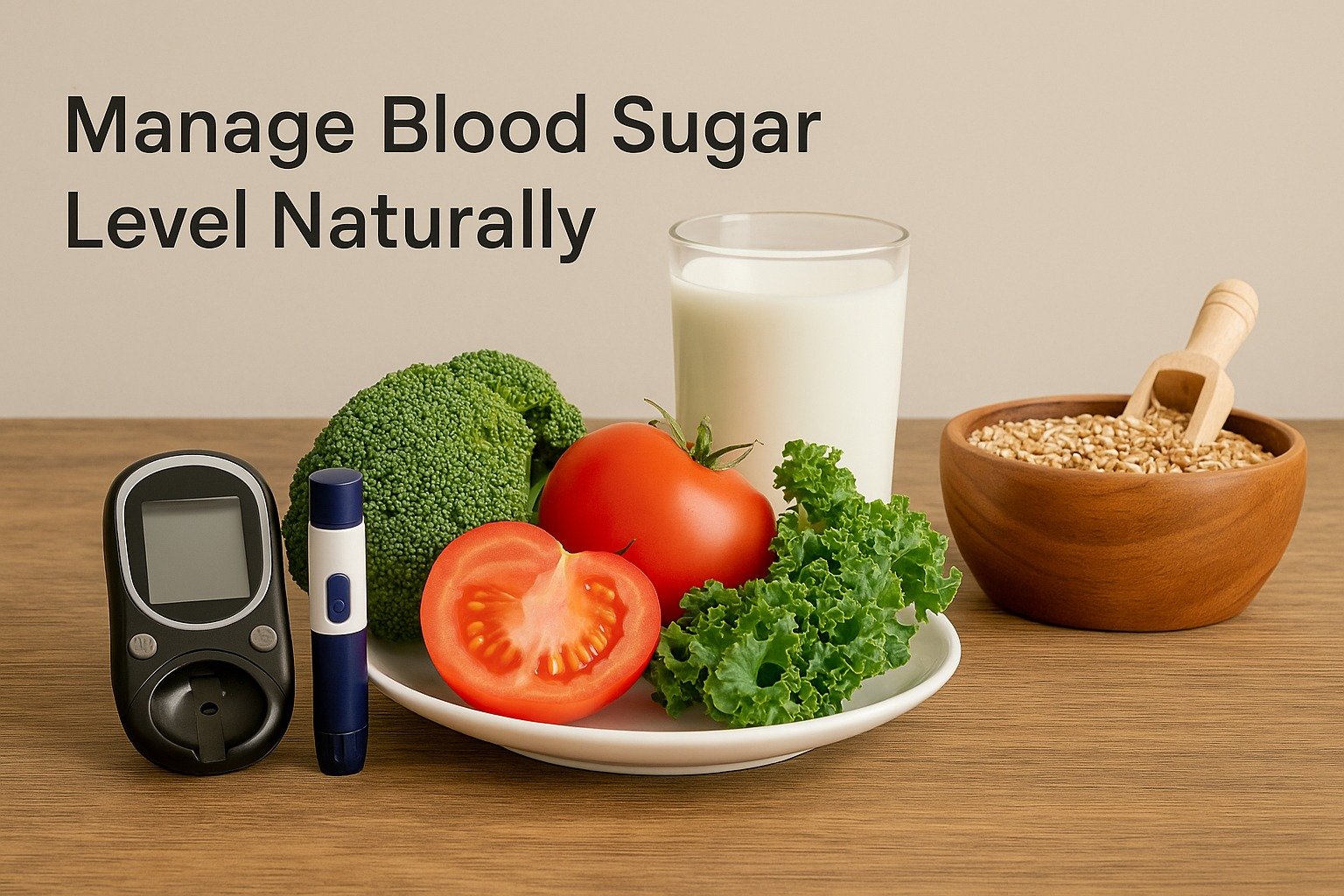5 Teas That May Help Manage Blood Sugar Naturally

How to Support Healthy Blood Sugar with Tea
India faces a growing diabetes challenge, partly due to meals centered around refined carbohydrates. Many ask: “Can I manage my blood sugar levels naturally?” The answer: yes, by combining wholesome diets, healthy routines, and teas rich in beneficial botanicals.
Below are five teas that may support blood sugar regulation:
1. Green Tea
Packed with catechins such as EGCG, green tea may enhance insulin sensitivity and aid sugar metabolism. Aim for 2–3 cups of unsweetened green tea daily.
2. Black Tea
Polyphenols in black tea may slow glucose absorption and promote better insulin response post-meal.
3. Ginger & Cinnamon Teas
Ginger Tea: Known to reduce inflammation and support glucose metabolism.
Cinnamon Tea: Naturally sweet with compounds that may enhance insulin function.
4. Turmeric Tea
Curcumin—the active compound in turmeric— has anti-inflammatory and antioxidant effects that could support blood sugar control and weight management.
5. Himveda Antidiabetic Tea
This Ayurvedic herbal blend features 15 potent botanicals including Jamun, Gudmar, Paneer Dodi, Karela, Cinnamon, and more. Users report notable blood sugar improvement; for example, one testimonial claimed a drop in HbA1c.
Formulated for daily use, it’s typically brewed in hot water and taken without sugar to maximize benefits.
Tips
- Skip carb-heavy tea snacks. Avoid biscuits, rusks, bread and sugary add-ons at tea time. Instead pair your tea with homemade panjiri (with a little desi ghee), soaked nuts & seeds, makhana, or coconut slices—these choices won’t spike insulin like refined carbs do.
- Balance the plate, not just the cup. At main meals, increase vegetables compared to roti/rice. More non-starchy veg + a smaller portion of grains helps blunt post-meal sugar rise (fiber slows glucose absorption). PMCCureus
- Protein with every meal. Add dal/legumes, paneer, eggs (if non-veg) or a protein shake if vegetarian intake is low. Protein + fiber together steadies blood sugar and keeps you fuller, reducing snacky cravings.
- Use healthy fats the right way. Cook with desi ghee, homemade butter, coconut oil, or olive oil in sensible amounts. For snacks, stick to nuts, seeds, makhana rather than bread or biscuits.
- Make Himveda Anti-Diabetic Tea your routine.
- When: 1–2 cups daily, ideally 20–30 minutes before a carb-heavy meal or with your low-carb breakfast.
- How: Brew 3–5 minutes; no sugar, honey or jaggery. (If you like milk-tea, keep it light or skip during fasting windows.)
- Pairing: Best with protein/fat-based snacks (panjiri with ghee, nuts/seeds) rather than bakery carbs.
- Intermittent fasting (IF), done safely. Unsweetened teas (including Himveda) are great during fasting windows—no milk or sweeteners. IF can help lower HbA1c and weight, but speak to your doctor first, especially if you’re on insulin or sulfonylureas (hypo risk). PubMedDiabetes Journals
- B12 check if you’re on metformin. Long-term metformin use is linked with vitamin B12 deficiency—a reason some people feel tingling/numbness. Ask your clinician about B12 testing/supplementation alongside your tea-and-diet plan.
Overall Insight
By incorporating teas such as green, black, ginger, cinnamon, turmeric, and Himveda Antidiabetic Tea into a balanced lifestyle—complemented by mindful eating and active habits—you may find flavorful, natural allies in managing blood sugar levels. Always check with your doctor before making significant dietary changes, especially if you’re on medications.
